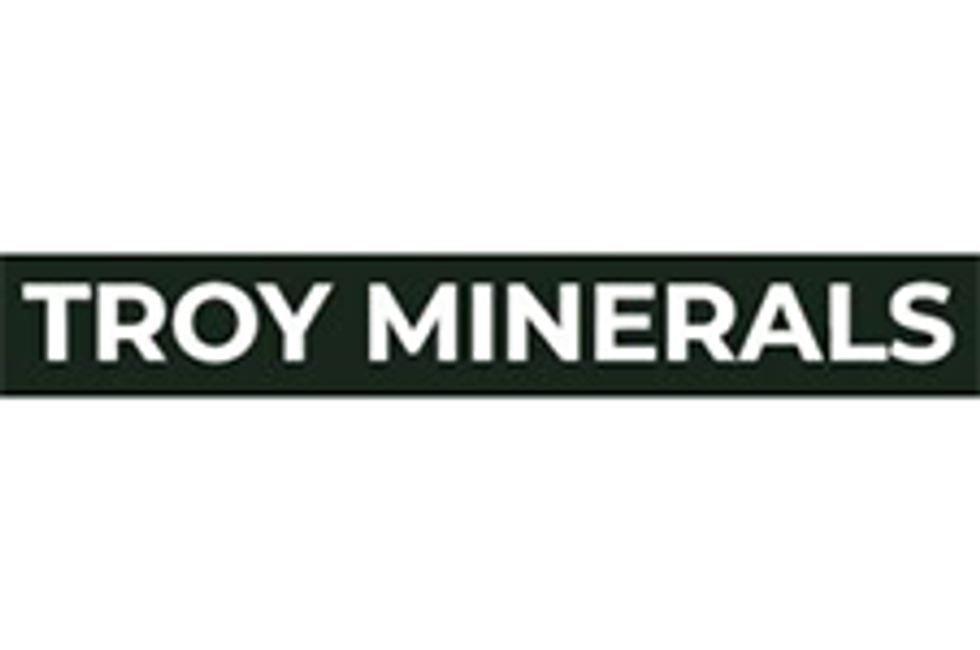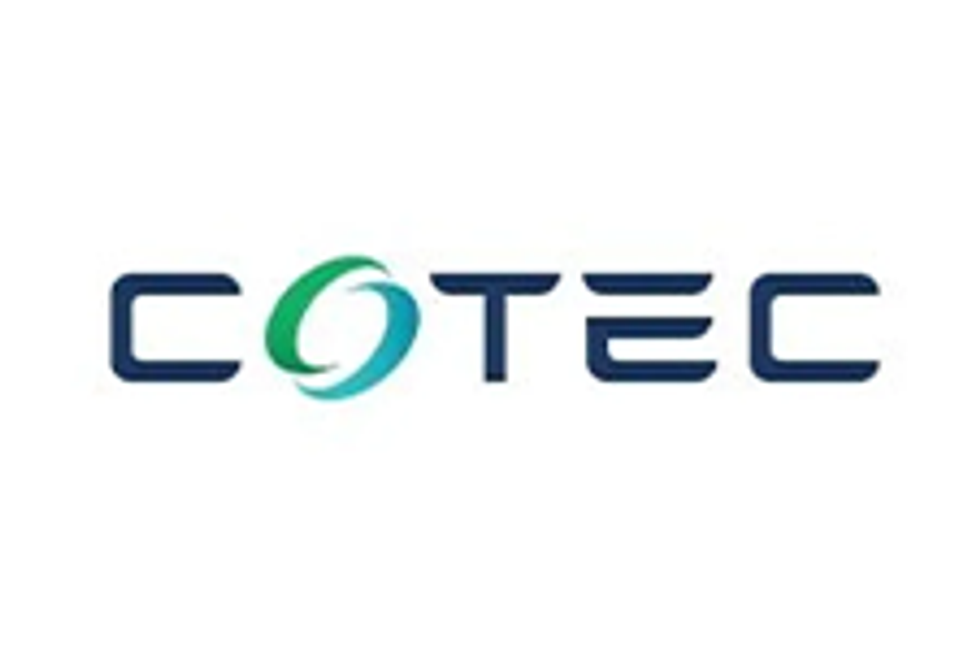Report Shows Solar and Wind Prices Have Dropped in the US

A report by LevelTen Energy shows that power purchase agreement prices in the US have dropped consistently, with the median price down by $1.5 per MWh across all projects.
Power purchase agreement (PPA) prices in the United States have dropped consistently with the median prices down by $1.5 per MWh across all projects, at least according to a new report by LevelTen Energy.
The outlet observed three critical components: data, transparency and education–as key areas that have the potential to “reach true scale in renewable energy procurement.” LevelTen, a company whose technology enabled marketplace connects a broader class of commercial and industrial (C&I) customers to utility-scale projects.
The report, PPA pricing index outlines PPA pricing averages broken down nationally and across four ISOs of Southwest Power Pool (SPP), Electric Reliability Council of Texas (ERCOT), Midcontinent Independent System Operator (MISO) and PJM. LevelTen collected the data for a three month period ending in May, 2018.
LevelTen through its report observe that solar prices will decrease by 2021 across all ISOs.
Rob Collier, VP of developer relations at LevelTen Energy told the Investing News Network (INN) in a telephone interview that that the company has1,000 different projects in the marketplace with around 300 projects having offer price (offer price typically includes generation cost as well as transmission cost for the energy buyers to purchase).
“We are aggregating all of that data and presenting in a format which is unique,” Collier said. “We are seeing continuing price decline through 2020 for solar.”
The report shows that the largest price change for a single ISO/technology combination occurred in the ERCOT with its wind median prices down by US$5.5 per MWh to US$18 and the top quartile benchmark price down by US$3 per MWh.
LevelTen said that the second largest drop occurred in the MISO solar, which saw the prices drop US$4.9 to US$34.1 per MWh.
“I think it’s pretty noteworthy that we are seeing a decline in prices. I think there’s a lot of headwind at the [US] federal level against renewable energy that you might expect would tip the scale in the other direction” Collier said. “we are seeing aggressive price decline in both wind and solar in ERCOT.”
ERCOT also took the top spot for a drop in overall (wind and solar) PPA prices with the median cost reducing by US$3.1 per MWh.The smallest change took place at the SPP, with prices going down by US$0.55 per MWh.
The report, however, notes that the solar PPA could increase after 2021 with the average price in 2022 pegged at US$37.3 per MWh.
“The developers are doing a good job incorporating the various headwinds at the national policy level with the tariffs … and … have a view up to 2020,” Collier said. “Once the investment tax credits start growing up, that may have an impact in the price.”
Collier said that certain regions prefer certain technologies like wind or solar and this reflects in the competitive PPA pricing in that area.
“We are seeing wind being more competitive in SPP,” he said. “In ERCOT, we are seeing solar as being more competitive to wind and we are also seeing much greater supply of solar projects.”
The Median wind PPA prices in PJM were at US$30.5 per MWh while solar PPA price was at US$40 per MWh.
Investor takeaway
“I think there will be opportunities for investors to step in and we see that picking up steam,” Collier said. “Theoretically speaking, there is a lot of opportunities to invest.”
With the report indicating that PPA will be competitive heading into the future and with many projects especially solar in the pipeline, investors can look can consider 10 US Solar Energy stocks for their portfolios.
Don’t forget to follow us @INN_Technology for real-time news updates!
Securities Disclosure: I, Bala Yogesh, hold no direct investment interest in any company mentioned in this article.
The Investing News Network does not guarantee the accuracy or thoroughness of the information reported in contributed article. The opinions expressed in these interviews do not reflect the opinions of the Investing News Network and do not constitute investment advice. All readers are encouraged to perform their own due diligence.





